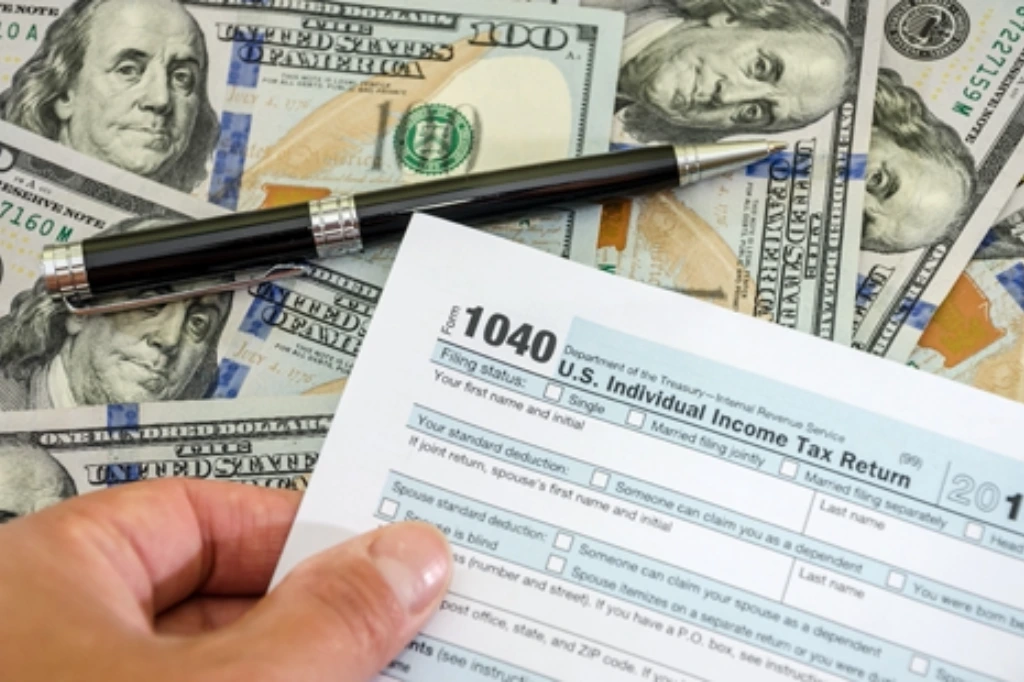
Busting Federal Tax Refund Myths: The Ultimate Guide for Taxpayers (IRS Tax Tip 2023-38)
As taxpayers anticipate their hard-earned refunds, it’s essential to differentiate between fact and fiction regarding federal tax refunds. In this article, based on the IRS Tax Tip 2023-38, we clarify common misconceptions to help taxpayers manage their expectations and ensure they have accurate information during tax season.
Myth 1: A direct call to the IRS, tax software provider, or tax professional guarantees an accurate refund date
Contrary to popular belief, the most efficient method to verify the status of a tax refund is through the IRS “Where’s My Refund?” tool or the IRS2Go app. Additionally, taxpayers can dial the automated refund hotline at 800-829-1954, which provides the same information as “Where’s My Refund?”. There is no need to contact the IRS directly unless instructed to do so by the tool.
Myth 2: “Where’s My Refund?” must be incorrect if there’s no deposit date
The “Where’s My Refund?” tool and the IRS2Go mobile app receive updates once daily, typically overnight. Although the IRS issues the majority of refunds within 21 days, certain cases might require more time. If additional information is needed, the IRS will notify taxpayers via mail. Keep in mind that banks may also require time to process refunds, and mailed refunds might take longer to arrive.
Myth 3: “Where’s My Refund?” is inaccurate if the refund amount differs from expectations
Several factors can contribute to a tax refund being less than anticipated. In such instances, the IRS will send a letter detailing the adjustments made. Taxpayers might also receive a letter from the Department of Treasury’s Bureau of the Fiscal Service if their refund was reduced to offset specific financial obligations. Before reaching out to the IRS, taxpayers should consult the “Where’s My Refund?” tool or wait for the letter to understand the changes.
Myth 4: Receiving a refund this year negates the need to adjust withholding for 2023
To avoid surprises next year, taxpayers should consider adjusting their tax withholding with their employer now. The “Tax Withholding Estimator” tool can help determine if the correct amount is being withheld. Taxpayers experiencing life events like marriage, divorce, or the birth or adoption of a child, or those who can no longer claim a dependent, should review their withholding. By using the estimator’s results, taxpayers can complete a new Form W-4, Employee’s Withholding Certificate, and submit it to their employer as soon as possible. Remember, withholding occurs throughout the year, so it’s best to make adjustments early.
***Disclaimer: This communication is not intended as tax advice, and no tax accountant -client relationship results**
